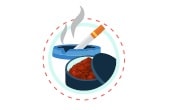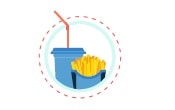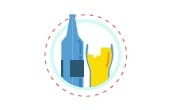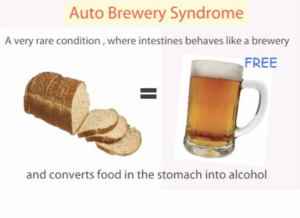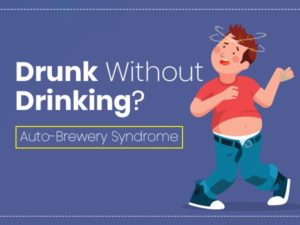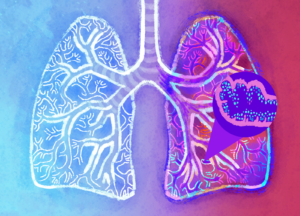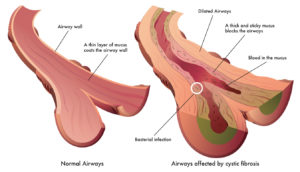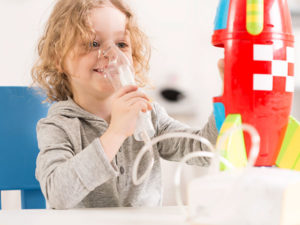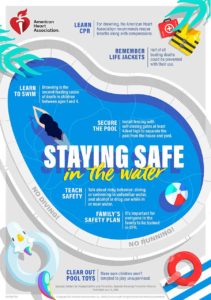

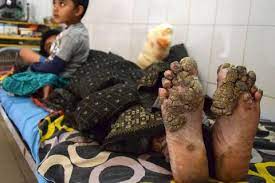
EV is an inherited genetic immune disorder. It makes people extremely susceptibleTrusted Source to human papillomavirus (HPV) infections and usually results in this type of infection becoming chronic.
Most people come into contact with HPV at some point, and having EV compromises a person’s immune function in a way that makes them more likely to develop the infection.
Over time, the infection causes skin growths, such as viral warts and pigmented, inflamed patches. In severe or extreme cases, a person may develop bark-like growths.
HPV is contagious and usually transmitted Trusted Source through skin-to-skin contact. A person can pass it on even if they experience no symptoms.
Symptoms:
The most striking symptom of EV is bark-like growths of tissue, which most commonlyTrusted Source develop on the hands and feet. However, it is important to note that this is a severe presentation.
People with EV tend to develop:
- small pink, white, reddish-brown, dark brown, or violet growths called papules, which may be raised and flat-topped
- larger scaly, raised, or inflamed patches of skin called plaques, which may have irregular edges
- raised brown growths called viral warts
The warts tend to occur in clusters of a few to more than 100 lesions each. They commonly form on areas exposed to the sun, including the:
- hands, feet, earlobes and face
Larger plaques associated with EV tend to form on the:
However, people with EV can experience symptoms anywhere, including the:
- soles of the feet, armpits, external genitalia, palms
Diagnosis:
According to the GARD, approximately 61.5% of people diagnosed with EV develop symptoms in childhood, while some 22% develop them during puberty, and 7.5% do so in infancy.
EV is an autosomal recessive genetic disorder, meaning that it results from mutations at specific locations on certain genes, and that the person has inherited the same mutations from both parents.
In about 10% of EV cases, the person’s parents were relatives.
Rarely, the condition can either be linked to sex, in the sense that the mutation developed on the X or Y genes, or it can be autosomal dominant — caused by a single mutated gene.
Also, acquired EV has developed in people with:
- HIV
- lymphoma
- an organ transplant
According to the GARD, EV seems to occur due to a loss-of-function mutation in one of two adjacent genes, called EVER1/TMC6 and EVER2/TMC8.
These genes help facilitate the transportation of zinc in skin cells. Zinc, meanwhile, plays an importantTrusted Source role in immune function.
Treatment:
Though there is no cure for EV, some medications, therapies, and lifestyle changes may help make symptoms more manageable and reduce the chances of complications.
- Systemic or topical retinoids: These medications may help prevent an HPV infection from spreading and reduce skin inflammation. Taking 0.5 to 1.0 milligrams of acitretin daily for 6 months may be the most effective treatment.
- Interferon-alpha: This contains a natural compound that reduces cell growth and division, especially in cancer cells. It can also helpTrusted Source treat viral infections.
- Cholecalciferol: This medication is similar to vitamin D.
Lifestyle changes made with this diagnosis:
- Sun avoidance or protection: Avoiding sun exposure, covering up as much as possible, and wearing sunscreen may help prevent skin cancer from developing.
- Quit smoking: Smoking increasesTrusted Source the risk of developing several types of cancer and reduces overall immune function.
Types of Surgery:
- Cryotherapy: This involves freezing off growths.
- Laser surgery or electrosurgery: These employ either lasers or high-frequency electrical currents to remove or destroy growths and other lesions.
If a growth is cancerous, a doctor may recommend surgery to remove it. In some cases, this requires a skin graft.
Lesions will continue to develop throughout a person’s life.
